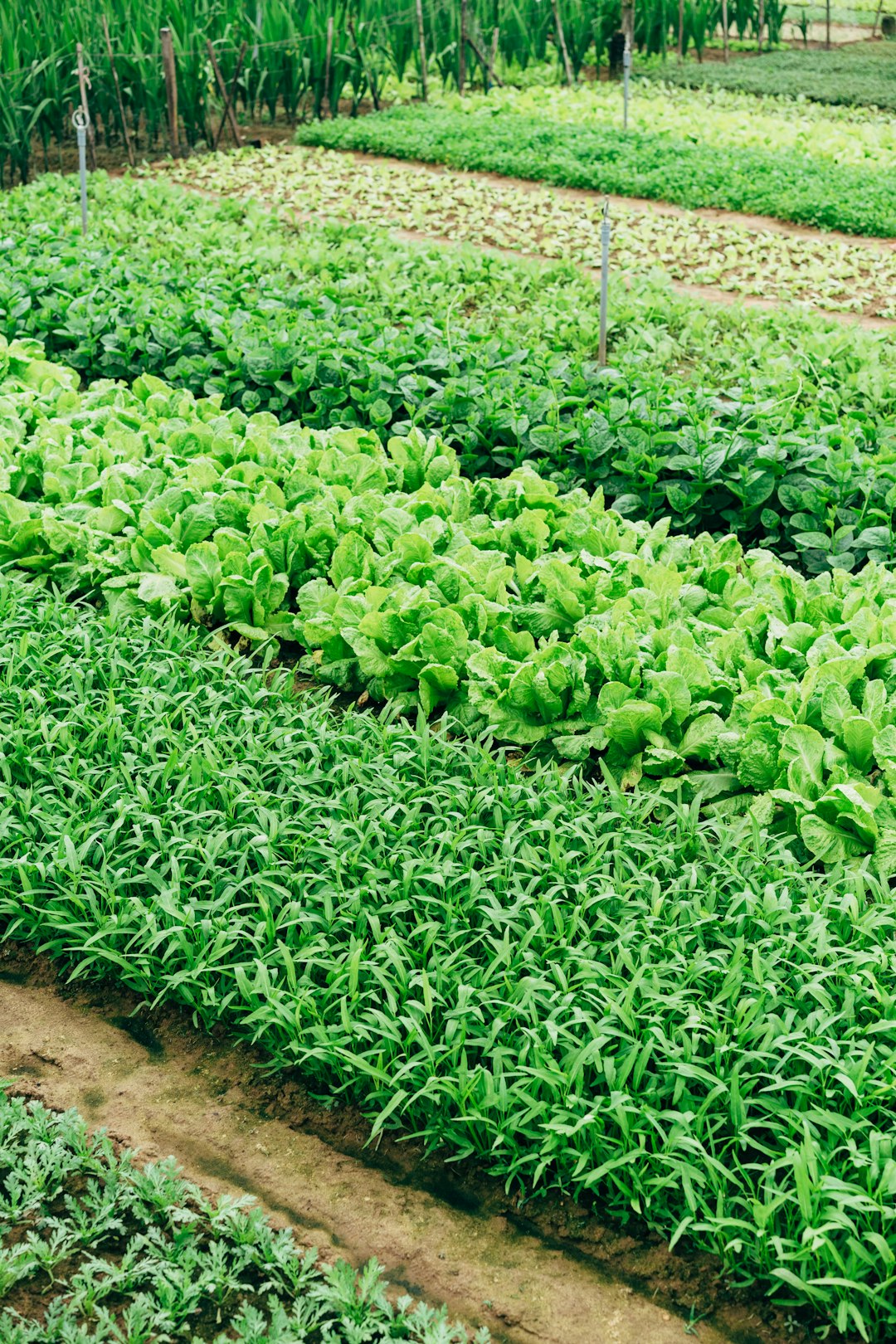Gardening is a rewarding and therapeutic activity that allows us to connect with nature, relieve stress, and grow our own delicious and nutritious food. One of the most popular trends in gardening today is the use of raised beds. Raised beds offer many benefits for gardeners, from improved soil drainage to easier weeding and harvesting. If you’re considering incorporating raised beds into your garden, here are some reasons why they can be a great choice and how to get started.
One of the key advantages of raised beds is improved soil drainage. Because the soil in raised beds is elevated above ground level, it tends to drain more efficiently than traditional ground-level gardens. This can be especially beneficial for gardens in areas with heavy clay soil or poor drainage, as excess water can easily drain away from the roots of plants. Raised beds also warm up faster in the spring, allowing you to plant earlier and extend your growing season.
Another benefit of raised beds is ease of maintenance. Because raised beds are contained within a defined area, they are easier to weed and manage than traditional gardens. You can easily access all areas of the bed without having to tread on the soil, which can compact it and hinder plant growth. Raised beds also allow you to control the quality of your soil more effectively, as you can add amendments and nutrients as needed without affecting the surrounding soil.
Raised beds are also a great option for gardeners with physical limitations, such as back problems or mobility issues. Because raised beds are elevated, you can garden at a comfortable height without bending over or kneeling down. This can make gardening more enjoyable and accessible for people of all ages and abilities. Raised beds can also be customized to fit your space and needs, whether you’re gardening in a small backyard or on a balcony or patio.
If you’re interested in using raised beds in your garden, here are some tips to get started. First, choose a location for your raised beds that receives at least 6-8 hours of sunlight per day, as most vegetables and herbs require full sun to thrive. Make sure the area is level and well-drained, as water should not pool in or around the beds. You can purchase ready-made raised bed kits or build your own using materials such as cedar or redwood, which are durable and resistant to rot.
Next, prepare the soil for your raised beds by loosening it and removing any weeds or debris. You can add a layer of compost or organic matter to improve the soil’s fertility and texture. Fill the raised beds with a mix of topsoil, compost, and other amendments to create a rich growing medium for your plants. You can also add a layer of mulch or straw on top of the soil to help retain moisture and suppress weeds.
When choosing plants for your raised beds, consider the space requirements, sunlight needs, and watering preferences of each species. You can plant a variety of vegetables, herbs, flowers, and fruits in raised beds, depending on your climate and growing season. Be sure to space plants according to their recommended spacing to prevent overcrowding and promote air circulation. You can also interplant different species to maximize your garden’s productivity and diversity.
Once your raised beds are planted, be sure to water them regularly and monitor for pests and diseases. Raised beds can dry out more quickly than traditional gardens, so be sure to water deeply and regularly, especially during hot weather. You can use a drip irrigation system or soaker hoses to deliver water directly to the roots of plants and minimize evaporation. Mulching around plants can also help retain moisture and suppress weeds.
In conclusion, raised beds are a practical and attractive option for gardeners looking to improve their soil, reduce maintenance, and grow a wide variety of plants. Whether you’re a beginner or experienced gardener, raised beds can help you create a bountiful and beautiful garden that you can enjoy year-round. So consider using raised beds in your garden and see the benefits for yourself. Happy gardening!


